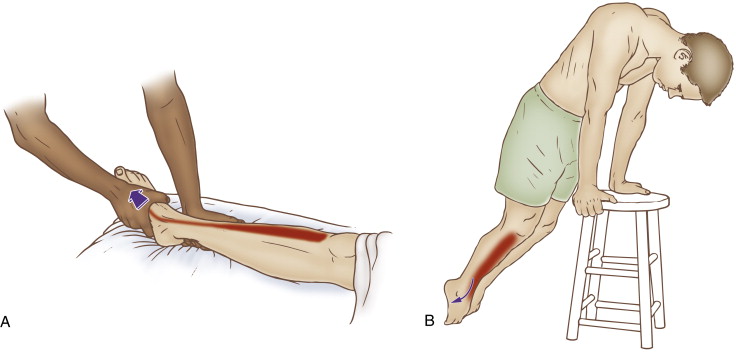What are Shin splints? causes and treatment of shin splints.
Overview of Shin Splits
The term "shin splints" refers to pain along the shin bone (tibia) — the big bone within the front of your lower leg. redness are common in runners, dancers and military recruits.
 |
| what are Shin splints |
Medically referred to as medial tibial stress syndrome, rubor often occur in athletes who have recently intensified or changed their training routines. The increased activity overworks the muscles, tendons and bone tissue.
Most cases of inflammation is treated with rest, ice and other self-care measures. Wearing proper footwear and modifying your exercise routine can help prevent rubor from recurring.
Symptoms of Shin Splits
If you have got redness, you would possibly notice tenderness, soreness or pain along the inner side of your shinbone and mild swelling in your lower leg. At first, the pain might stop after you stop exercising. Eventually, however, the pain are often continuous and might accomplish a stress reaction or break.
When to work out a doctor
Consult your doctor if rest, ice and over-the-counter pain relievers don't ease your shin pain.
Causes of Shin Splints
Shin splints are caused by repetitive stress on the shinbone and therefore the connective tissues that attach your muscles to the bone.
| Causes of Shin Splints and risk factors |
Risk factors of Shin Splints
You're more in danger of rubor if:
- You're a runner, especially one beginning a running program
- You suddenly increase the duration, frequency or intensity of exercise
- You run on uneven terrain, like hills, or hard surfaces, like concrete
- You're in training
- You have flat feet or high arches
Prevention of shin splints
To help prevent shin splints:
Analyze your movement. a proper video analysis of your running technique can help to spot movement patterns that may contribute to inflammation. In many cases, a small change in your running can help decrease your risk.
Avoid overdoing. an excessive amount of running or other high-impact activity performed for too long at too high an intensity can overload the shins.
Choose the proper shoes. If you are a runner, replace your shoes about every 350 to 500 miles (560 to 800 kilometers).
Consider arch supports. Arch supports can help prevent the pain of inflammation, especially if you have got flat arches.
Consider shock-absorbing insoles. they may reduce shin splint symptoms and forestall recurrence.
Lessen the impact. Cross-train with a sport that places less impact on your shins, like swimming, walking or biking. Remember to begin new activities slowly. Increase time and intensity gradually.
Add strength training to your workout. Exercises to strengthen and stabilize your legs, ankles, hips and core can help prepare your legs to cater to high-impact sports.
Diagnosis of shin splints
Shin splints are usually diagnosed supported your case history and a physical exam. In some cases, an X-ray or other imaging studies can help identify other possible causes for your pain, like a break.
 |
| Diagnosis and Treatment of Shin Splints |
Treatment of shin splints
In most cases, you'll treat inflammation with simple self-care steps:
- Rest: Avoid activities that cause pain, swelling or discomfort — but don't quit all physical activity. While you're healing, try low-impact exercises, like swimming, bicycling or water running.
- Ice: Apply ice packs to the affected shin for 15 to twenty minutes at a time, four to eight times every day for several days. to safeguard your skin, wrap the ice packs in a very thin towel.
- Take an over-the-counter pain reliever: Try ibuprofen (Advil, Motrin IB, others), Aflaxen (Aleve) or acetaminophen (Tylenol, others) to scale back pain.
Resume your usual activities gradually after your pain is gone.
For
more info. visit free doctor helpline chat , how
to reduce body heat cardiologist
near me #neurologist
near me #general
physician near me #sexologist
near me #child
specialist near me #niacinamide #vitamin
c serum # cream
#niacinamide
serum #retinol
serum #anti
dandruff shampoo #ear
doctor near me #kojic
cream #cleanser #vitamin
c serum #biotin # skincraft # best
vitamin c serum #retinol #kojic acid cream #niacinamide cream
Comments
Post a Comment